Stuart Forster interviews Liverpool-based gin maker Dan Walsh about Rascal Gin and the challenges of launching a new product onto the premium drinks market.
Disclosure: Some of the links and banners below are affiliate links, meaning, at no additional cost to you, I will earn a commission if you click through and make a purchase.
Small-batch gin has experienced a renaissance in the United Kingdom. Gin has cast off its reputation as an unfashionable tipple and is very much in vogue. It seems that every bar and off-license now stocks a broad selection of artisan gins, from traditional London-style dry gin to versions distilled with botanicals.
Liverpool-based gin maker Dan Walsh is the creator of Rascal Gin. He set aside time to talk about the experience of launching a new small-batch gin onto an already saturated British gin market.
Dan impressed me with the passion and humour he showed while talking about Rascal Gin at the Gin and Rum Festival held at Newcastle Civic Centre. In addition to discussing the characteristics of his artisan gin, he self-deprecatingly joked about things he could have done differently while launching his product.
Popular gin drinks
He explained that the current popularity of quality gin is down to a combination of reasons, one being the flexibility of the base spirit. Beyond the perception of gin changing into a premium drink, Dan pointed to the diversity of the tonic market, some of which have no quinine, and the availability of gins with less pronounced juniper and less bitterness in their flavour.
“People are becoming aware that gin doesn’t have to taste bitter or be drunk with tonic; it can also be enjoyed with lemonade. There’s a massive expansion of gins that are not traditional — some are sweet, others are not. Mine is a classic example of that. The base is 10 botanicals traditionally distilled in a copper pot. It is not prioritising the juniper…juniper’s not the main event for a lot of products. In a nutshell, less bitterness is key to the current popularity of gin,” asserted Dan.
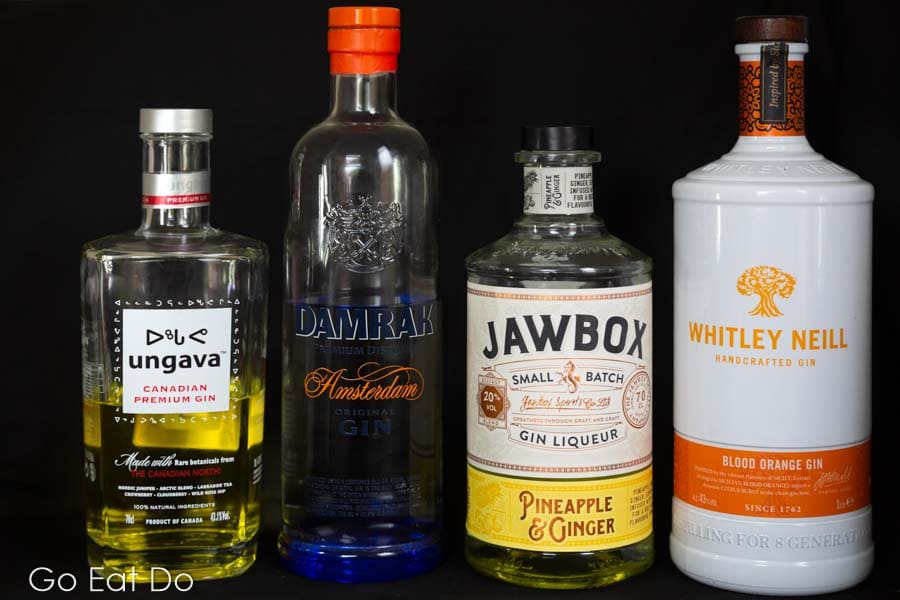
Gin from Liverpool
Prior to working on Rascal Gin, Dan was then involved in the brand management of Tinker Gin, a premium gin with 10 botanicals and fruity inflections. “I transferred some of those experiences and knowledge. I saw the way the industry was moving and the feedback of people, and saw there was a good market for a premium distilled spirit with a fruitiness,” he explained.
“My primary directional interest was having the finish of the complex fruity flavour profiles but not necessarily the sweetness of the added sugar. I realise that’s a very popular thing in the industry at present,” he said, referencing the current trend for fruity, 40 per cent spirits and liqueurs with broad popularity.
“Something I got interested in was tropical flavours from playing around with cocktails,” said Dan, who has spent the best part of a year bringing Rascal Gin onto an already crowded quality gin market.
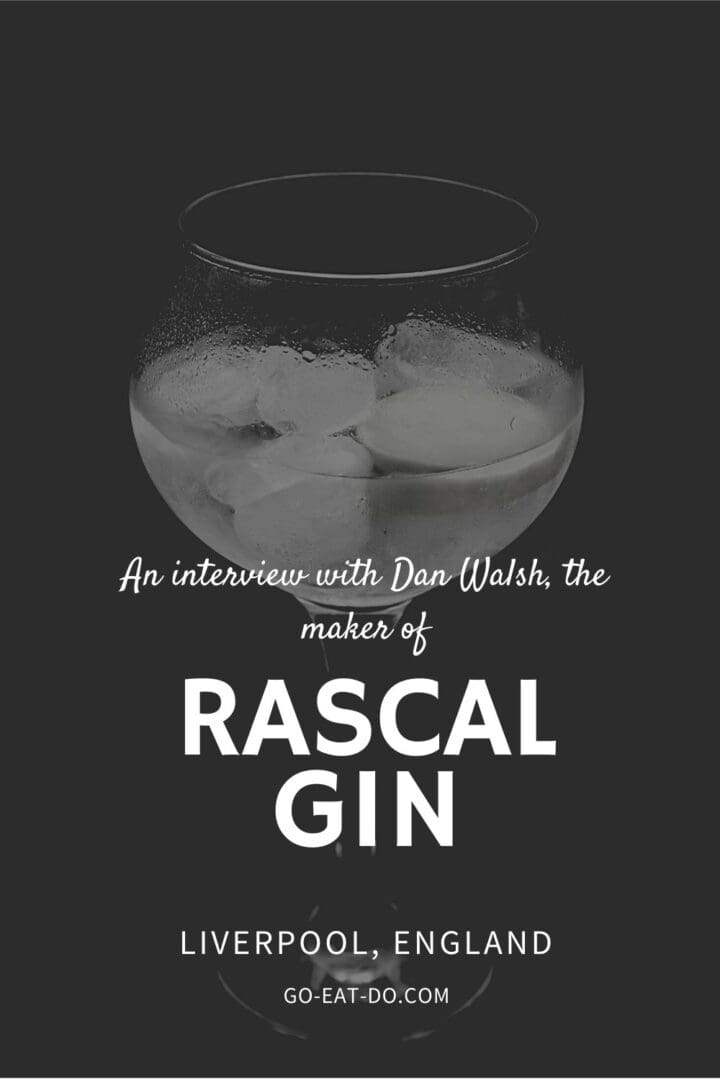
Rascal Gin
“It was based on having some fun and uncompromised personality, in terms of the name and voice. It revolves around small amounts of volume, attention to detail and quality — in terms of the bottle, the decoration and the whole product, rather than driving big volume,” he explained.
“But because there’s only me involved, that was the only feasible option as well. To do something big and drive volume, there’s just no way I could do that on my own. But that’s not what I’m interested in anyway.”
“The experiments with recipes and botanicals were done on small stills, two to five litres in size,” said Dan, revealing that the coating and colour combination of the bottle are inspired by passion fruit.
“The spray coating on the bottle is an interpretation of the unusual, complex colour of the passion fruit: the passion fruit skin, is it bronze, is it black, is it purple, is it red? The print has a yellow inside of it.”
“Then there was the other side of it; wanting to embrace local, regional, independent and artisanal. Even though I’m not distilling it myself, I wanted to get as many people as possible involved in the chain,” said Dan of his gin, which is distilled in Liverpool.
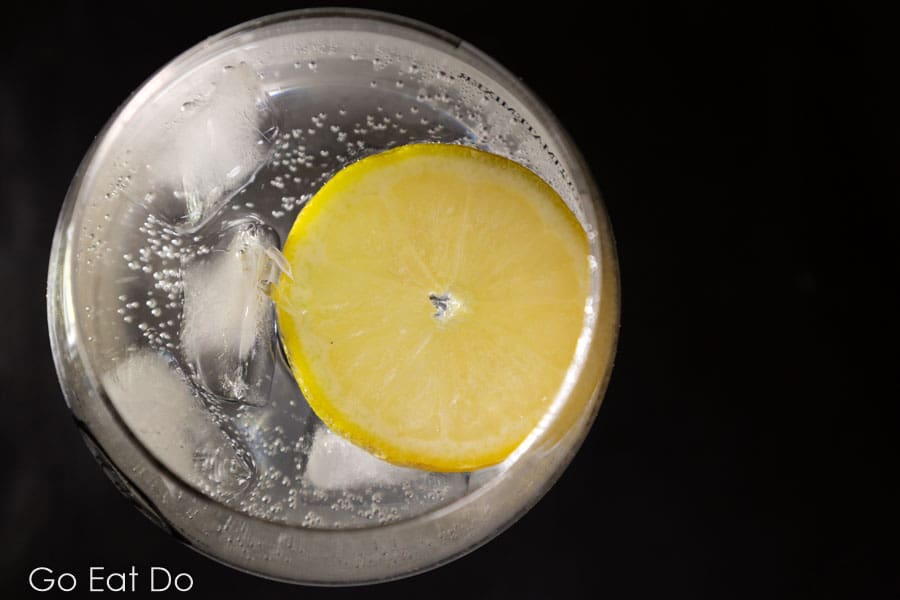
Making a new gin stand out
Dan admits the premium spirits market is saturated and there are a lot of high-quality gin brands at present. So how does he get Rascal to stand out as a top gin?
“For me the bottled decoration, the spray and the screen print; that was a route I was inspired to go down partly because of a Liverpool-based designer I met. It’s quite an expensive process. A lot of bottles don’t do that, so it’s a way of standing out. In terms of aesthetics, I was inspired by labels of craft beer; they were crisp and quite simple. A lot of gin bottles use complex floral designs with Victorian fonts and ornate details. To keep with my personality and the voice of the brand I thought I’d go with something like the craft beer logos and a screen print with just two colours,” answered Dan.
Rascal gin doesn’t feature any botanicals local to Liverpool or the surrounding region. “The narrative of the story has got that provenance: the anchor on the logo is symbolic of Liverpool being a renowned port…I’m not pretending to be out foraging local botanicals in any way shape or form,” said Dan frankly.
“I really enjoy tropical flavours and how they interact with a lot of classical, traditional gin botanicals — the citrus especially. It has a distinctive, tropical aroma,” he explained of Rascal, which also has elements of raspberry in its flavour.
Making gin
Dan admitted that cash flow was one of the biggest challenges he faced in bringing Rascal Gin to market. Beyond that, he talked about his belief that the aesthetic of the product is important, “something which is relatable and communicates to a customer something interesting…and a bottle that stands out on a shelf without the presence of a brand ambassador.”
“The liquid must stand out without the bottle. It has to stand out in a glass on a bar. A big thing is when it is being tasted having the flexibility of different serves,” added Dan of considerations in making a high-quality gin appeal to people.
“But for me one of the biggest challenges was the boring stuff that no one ever talks about, to do with organising production. Like if you’re doing something, sending it to another place. Getting a bottle decorated, sprayed and labels printed then connecting that with bottling the liquid, so there are synergies in the process and still some sort of profit margin after the labour of love. One of the biggest learning curves for me was about haulage and the protection needed during haulage. I’ve spent so much of the last three months talking to people about various forms of cardboard,” said Dan, referencing the dividers and boxes used to ensure his bottles can be transported and shipped without damage.
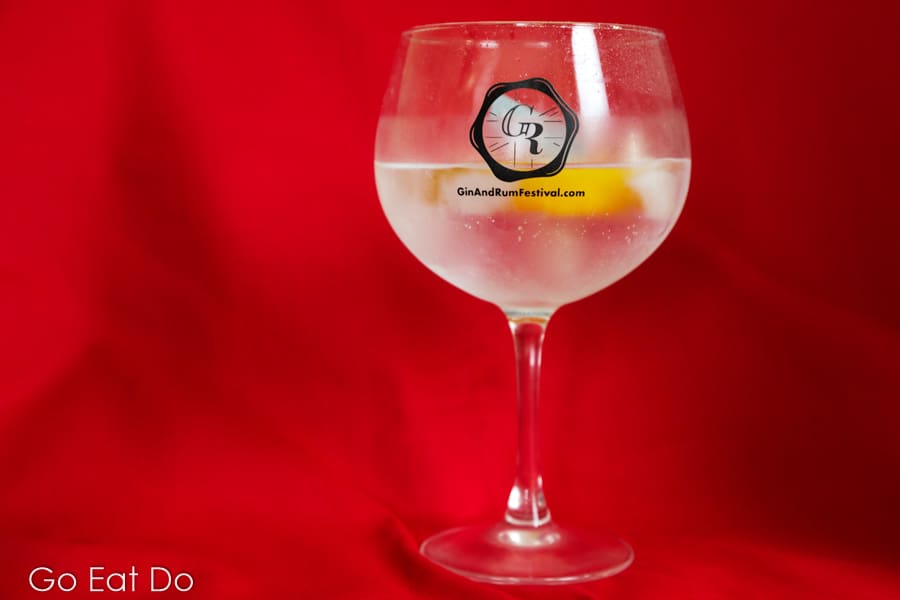
Launching a new brand
Bringing Rascal Gin to market dominated Dan’s mind over the months prior to its launch. But he’s pleased with how it’s being received: “It’s getting stand-out feedback from customers at events and, for me, that’s the important thing and justifies the cardboard.”
He acknowledges that the nature of the trade, being based on cut margins, is an entirely different challenge to being appreciated by consumers. The first batch of Rascal Gin, released onto the market in the spring of 2019, was a way for Dan to recoup some of his expenses and enable the production of a second batch during the summer.
Making a premium gin
“To have longevity at the premium end of the price point, people are discerning about the detail and personality, not just the liquid…it makes it more challenging to articulate something that comes across as premium and justifies that higher price point,” said Dan.
“Initially, my benchmark was to make sure it cut through with a traditional premium tonic water, so whether that was Fever-Tree or the new Schweppes or Fentimans. I thought if there are other interesting tonic waters that work, that’s great. But for me, as a consumer, I want to know this drink will work well with a mixer I can get from a shop and with some nice garnishes that I’ve got in the house and aren’t going to cost me loads to buy, that I’ll use once and then they’ll perish. One of the things I enjoy is that the product is flexible. I drank it recently at a tasting with Fever-Tree Mediterranean and it got some outrageous feedback. It worked well because it’s less bitter, has less quinine and has herbaceous and citrussy notes,” commented the gin maker.
Into cocktails? Rascal Gin works well in a gin sour and a French 75, suggested Dan. Ultimately, what you regard as the best gin and what you choose to mix it with — if anything — is down to your own taste preferences.
You order Fever-Tree tonic online.
Further information
See the design of the bottles and purchase a bottle of Dan’s small-batch gin on the Rascal Gin website.
Rascal Gin is available at Gin and Rum Festival events.
Thinking about visiting Liverpool? Why not try a glass of Rascal Gin in a Liverpool bar after taking a Beatles tour in Liverpool?
Stuart Forster, the author of this article, is an award-winning freelance food and travel writer. Get in touch via Go Eat Do if you have a product that you’d like to discuss.
Photos illustrating this post are by Why Eye Photography, a photography company based in the northeast of England.
If you enjoyed this post why not sign up for the free Go Eat Do newsletter? It’s a hassle-free way of getting links to posts on a monthly basis.
‘Like’ the Go Eat Do Facebook page to see more photos and content.
A version of this post was initially published on Go Eat Do on 15 June 2019.
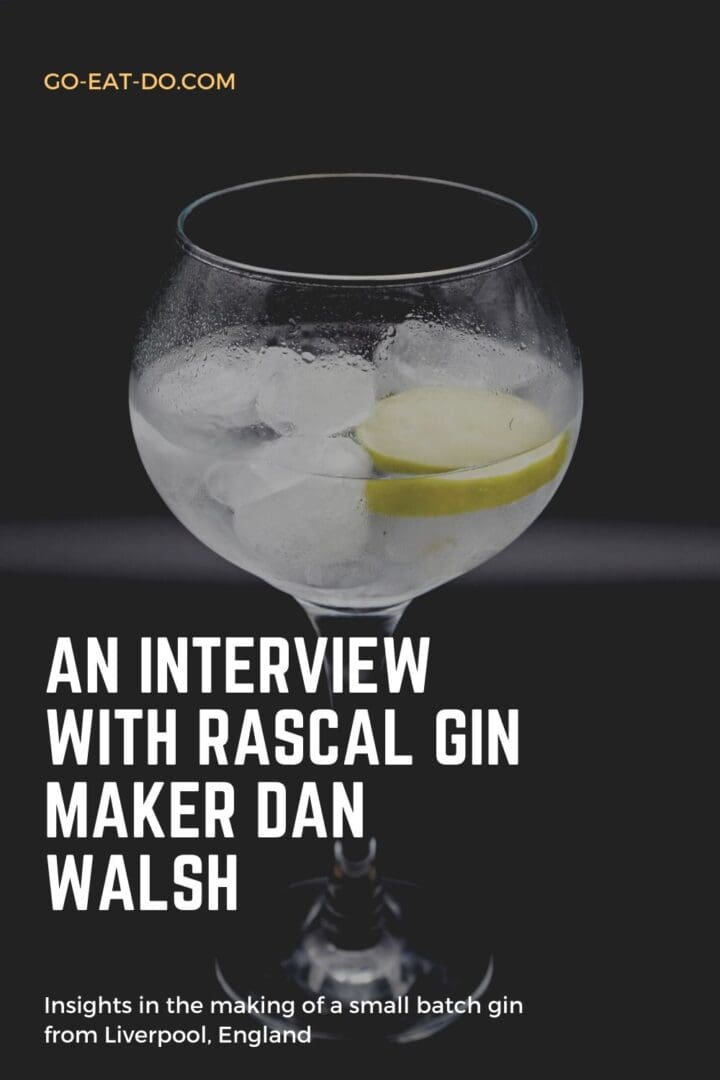




Bekki Ramsay
June 23, 2019 at 08:22Love this! I recently went to a gin masterclass at Banyan and was taught the history of gin. It’s so interesting! Did Dan tell you that gin used to be made in bathtubs? I loved hearing about that.
Stuart Forster
June 23, 2019 at 10:02I bet it was fun. I learnt a bit about the history of gin at the Netherlands’ National Genever Museum in Schiedam and while visiting Edinburgh Gin. I quite like the idea of sitting in a bathtub and sipping a G&T!